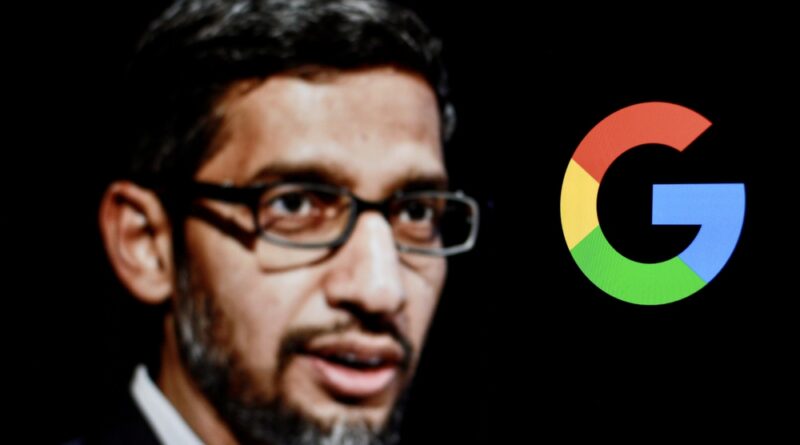Can Google Escape Its Own Gravity?
When Sundar Pichai bounded onstage at Google I/O last week, he promised nothing less than “a total re-imagining of Search”. Moments later the keynote hurtled through dazzling demos: Gemini 2.5 answering multipart queries, Veo 3 spitting out cinema-grade video, and an AI “agent” that can book a table at Hawksmoor while plotting a seven-stop pub crawl. Yet the headline act – AI Mode, a chatbot layer that swaps blue links for full sentences – emerged with all the fanfare of an Easter egg. You have to click a discreet sparkle icon, or a new tab tucked beside “Images”, to find it.
That coyness is telling. For a generation Google’s minimalist results page has minted money at historic scale: roughly $100 billion in annual net profit, the bulk from search ads. Making AI Mode the default would almost certainly cannibalise that stream. So, as the generative-AI wave breaks, the world’s smartest ad company finds itself acting like every incumbent caught in Clayton Christensen’s innovator’s dilemma: protect today’s margins, or torch them to claim tomorrow.
The pressure is no longer theoretical
Since the debut of ChatGPT in late 2022, usage of conversational engines has exploded. Analysts warn that as much as a quarter of mobile information look-ups have already migrated to bots such as ChatGPT, Perplexity and Grok. Alphabet’s share price has stumbled despite robust earnings, because existential narrative beats quarterly numbers every time.
Hiding the crown jewels
Google didn’t merely tuck AI Mode behind a sparkle-button. Many of its most powerful models now sit inside AI Ultra, a $249-a-month subscription aimed at power users. Meanwhile a staggered roll-out means most Americans still can’t try AI Mode even after Pichai’s on-stage promise of immediate availability – a mismatch that spooked Wall Street and puzzled journalists alike.
Why the hesitancy? Follow the money. Every answer that appears at the top of the page – rather than ten blue links – reduces opportunities to sell sponsored slots. Google’s ad team has begun beta-testing conversational ad units inside AI Mode, but nobody yet knows if they will print cash at the same rate as humble text ads.
The strategic bind
-
If Google leads the charge and makes AI Mode the default, it risks a short-term revenue hit and a shareholder revolt.
-
If it clings to the status quo, rivals keep siphoning high-value queries until the ad base erodes anyway.
Either path is painful. The difference is timing.
Possible escape routes
-
Flip the default
Put AI Mode front and centre for all logged-in users. Accept the ad hit, prove usage sticks, then iterate monetisation faster than anyone chasing. -
Lower the paywall
AI Ultra may thrill developers, but mainstream adoption demands freemium tiers. If Google is serious about ubiquity, Gemini’s best tricks can’t live behind a $250 tollbooth. -
Radically simplify the product story
I/O 2025 was a blizzard of brands: Gemini, Veo, Astra, Ultra, AI Mode, Orma. One flagship experience, shipped universally, would broadcast confidence. -
Lean on the open web
Google’s enduring advantage is its crawl corpus and link graph. Surfacing citations beneath AI answers could placate publishers while reminding users that generative text still needs sources.
Betting the franchise
Alphabet has swerved existential cliffs before. It morphed desktop search into mobile search, then rewired YouTube to fight TikTok. Yet each previous pivot preserved the ad-monetisation spine. Generative AI threatens the spine itself: if answers appear instantly, where do ads go?
History suggests boldness pays. Microsoft absorbed Windows cannibalising DOS; Netflix strangled DVDs to stream; Apple sidelined the iPod inside the iPhone. For Google, the long-game begins by treating AI not as a side tab, but the new address bar of the internet.
In a recent podcast, Pichai confessed he hadn’t read The Innovator’s Dilemma. Perhaps he should crack it open on the flight home. The decision before him is textbook: disrupt yourself, or watch others do it for you. With every sparkle-icon click the window narrows. And somewhere on the other side of that window, a generation of users is already typing their questions into a different box.
Photo Credit: DepositPhotos.com

